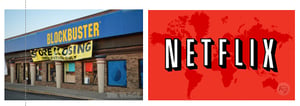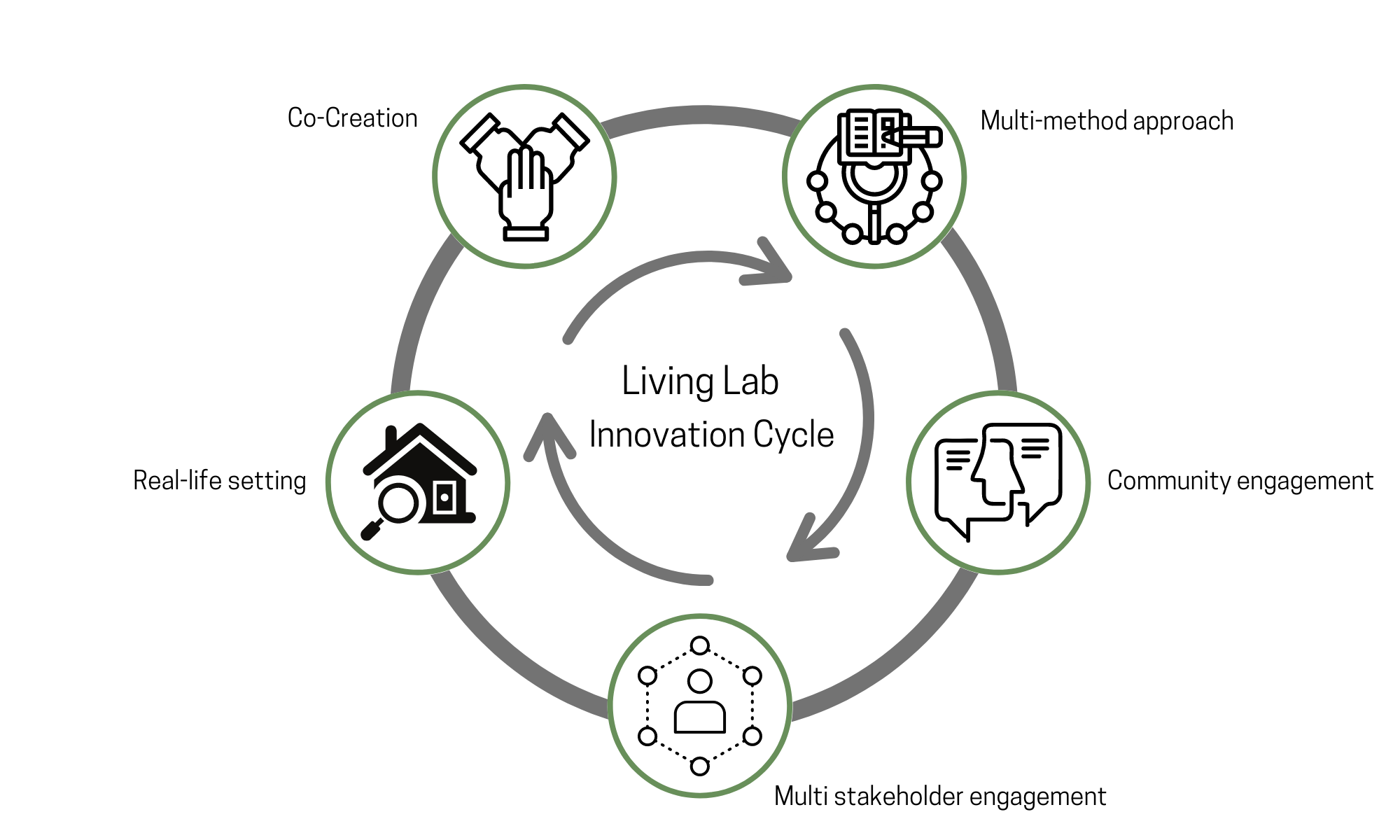Upside Down Thinking has a relationship with Disruptive Thinking and Disruptive Innovation, but they are not merely different descriptors of the same thing. You can read a previous posting I did a while back on Upside Down Thinking; this posting is about Disruptive Innovation.
Disruptive Innovation has its roots in the private sector. The concept was first articulated by Harvard professor, Clayton Christensen in 1995 who defined it as “an innovation [that] transforms an existing market or sector by introducing simplicity, convenience, accessibility, and affordability where complication and high cost are the status quo. Initially, a disruptive innovation is formed in a niche market that may appear unattractive or inconsequential to industry incumbents, but eventually the new product or idea completely redefines the industry.” [1]
According to Christensen, there are two fundamental aspects of a disruptive innovation. It either provides a low cost alternative aimed at a segment of the market that the dominate players are not focusing on; or it actually creates a brand new market that is also typically a lower cost alternative in the market place
Consider the disruptive innovation that changed how we “rent” movies. Remember Blockbuster?
It had a booming business for years. We went there to peruse movies we wanted to rent rather than buy them outright. We paid a fairly low fee per movie for a 24 hour rental and if we were late returning the movie, we paid a per day penalty fee. The penalty fees were annoying, but the cost was still cheaper than buying the movie.
What emerged over time was our ability to rent movies through our Internet/television provider. We could peruse the movie selection and then rent the movie online for 24 hours. We didn’t have to travel to a store, didn’t have to return the movie. After 24 hours our rental just expired and disappeared from our online selection. There was less selection on line and the price was no lower than at Block Buster, but the convenience was far superior and there were no penalties.
Clearly this was an innovation, but it did not qualify as a disruptive innovation, at least not according to Christensen’s model. Ordering through a cable company, for example, was not a low cost alternative and it really wasn’t catering to a new market. That said, it was a first big step toward something that was disruptive: Netflix.

Netflix’s business model offered at least three disruptive changes in renting movies. First, it turned renting movie by movie into a subscription that gave access to the consumer of a wide collection of movies for one set monthly fee instead of a per unit rental charge. Second, that monthly fee cost consumers the equivalent of renting 1.5 movies while allowing subscribers to view as many movies as they wished for that one single monthly fee. The third disruption was that Netflix invoked something much more compelling and profitable than a subscription fee. It created a membership program. People didn’t subscribe as much as they became members of Netflix. And membership instills loyalty in ways a subscription doesn’t.
Today Blockbuster is a business of the past. It failed to change with the times, at least not quickly enough. It did try to offer an online service, but it did so too late to compete with Netflix.
I do not know the process that Netflix undertook to create its disruption, but one can see some Upside Down Thinking here. The inferred heretical proposition is: Consumers want to pay a set fee to view an unlimited number of movies easily from the comfort of their own home. If you think about it, back then that was heresy. How on earth could that be profitable?
There are other examples that tell the story of disruptive innovation. When photocopiers were invented by Xerox they were created for businesses and other large organizations. The machines were big and offered great features like collating and stapling, but they cost a lot of money. Small organizations and individuals were not Xerox’s target market.
However, upstart companies saw the potential of creating photocopiers for personal use and also the advantage of integrating faxing and printing functionality into one machine. The result was smaller units for far less money that individuals and small organizations could afford. This was disruptive innovation because it created a new market.
Disruptive Methodology
Disruptive Innovation, like Upside Down Thinking, is about changing the norms of doing business. In the private sector, entrepreneurs know how difficult, if not impossible, it is to break into an existing market dominated by those companies with huge market share.
It’s safe to say all of us are interested in conjuring up innovations that disrupt the status quo. While there are no doubt many ways to identify and explore innovative ideas, we do need tools and methods to help us. Based on the thinking of Luke Williams [2], a thought leader for disruptive thinking, here is my adaptation of a tool that can be helpful.
Every product or service has its fundamental features or “norms” that frame its benefits and speak to its competitive advantage. Consider soda pop norms for the big players like Coca Cola and Pepsi. Their norms for soda pop include the following:
- Soda pop is inexpensive.
- It tastes good.
- It is fun and social.
- It is refreshing.
- You are “in” if you drink it.
Imagine trying to break into the market with your own version of soda pop that fits these norms. You could mirror such norms, but it is unlikely you would have much luck gaining significant market share by offering the same features. The big boys are just too big.
One way to bring a new version of sofa pop seems to have been invoked by an upstart company that turned these soda pop norms on their head. The norms or features this company seems to have adopted are upside down or reversals of the norms that work for Coca Cola, Pepsi, and other big players; they look like this:
- Soda pop is expensive.
- It tastes bad.
- It is more individual than social.
- It is practical; it solves a problem.
- Drinking it makes you a champion.

These appear to be among the norms that this company (Red Bull of course) acted on, with great success, so much so that it has become the “big boy” of energy drinks and is now a multi-billion dollar company.
This approach of turning norms upside down, reversing them or inverting them can be discerned in many other examples of disruptive innovation.
Its application is not limited to the private sector. For example, Housing First qualifies as a disruptive innovation. Previous norms about helping the homeless find housing look something like this:
First do the following BEFORE you house them:
- Help them quit drinking or doing drugs.
- Help them get stabilized on medication for those with chronic mental illness.
- Address other serious health issues.
- Help them improve life skills.
- Help them become more employable.
- Get them to attend programs and services that will make them good tenants.
- Decide where they will be housed.
- Enforce a rules-first approach to housing.
All of the above were seen as problems to solve or at least adequately reduce before housing was provided. Housing First rejected all of these precursors to housing the homeless and offered these features or “new norms:”
- House the chronically homeless first.
- Provide choices about where they will live.
- Provide supportive services after they are housed to assist in preserving their tenancy.
- Accept the homeless where they are at. Accept that they drink and are mentally ill. Work from a harm reduction standpoint in a people first approach.
- Provide support while housed in order to further support their inclusion in community life.
Can you think of other disruptive innovations in the social sector?
Innovation doesn’t just appear out of thin air. Something happens. There is often a process that helps foster innovation. We need space for it to happen. Our values must be challenged. And so on. We need tools to be innovative and sometimes we need to use those tools in disruptive ways in order to do more, get better, achieve results.
[1] See http://www.claytonchristensen.com/key-concepts/ and https://hbr.org/2015/12/what-is-disruptive-innovation





